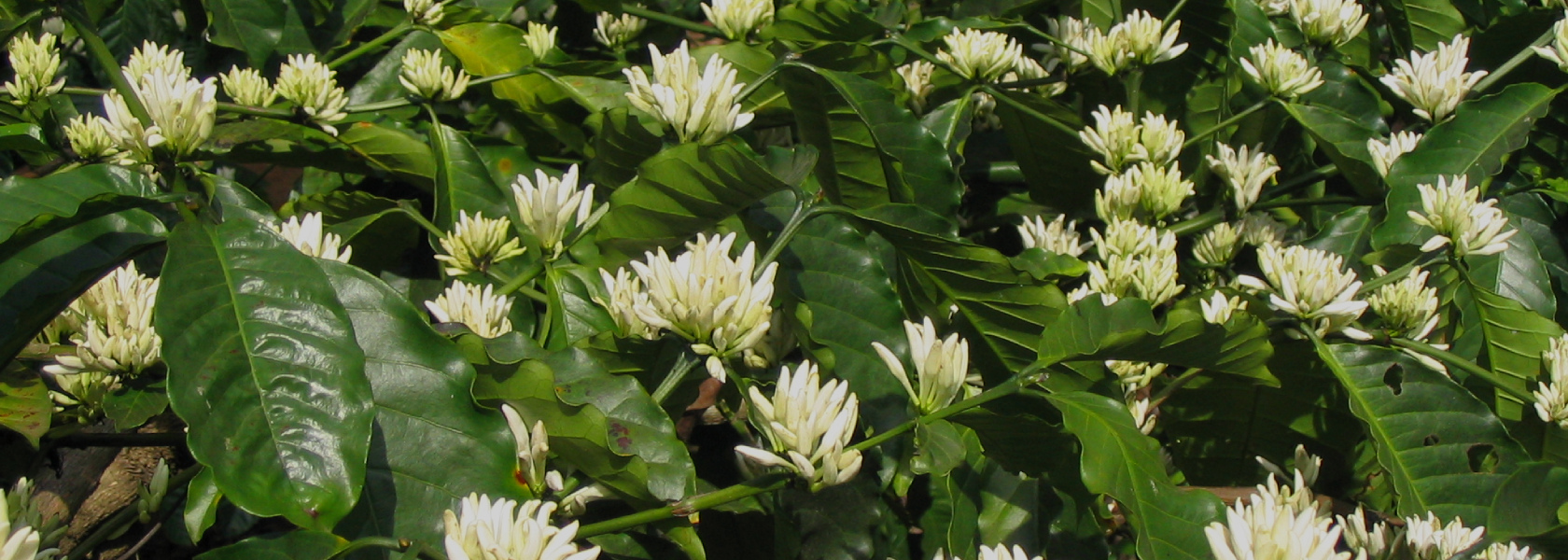
Language
LANGUAGE
The language of the Kodavas – Kodava thakk (language) – has been established by linguists as an independent Dravidian language, with words and vowel sounds that are unique to it. Research indicates that Kodava thakk broke off from the Proto-South Dravidian group of languages about 3000 years ago. Over time it has borrowed words from the languages spoken in the neighbouring areas – Kannada, Tulu and Malayalam. Kodava thakk does not have a script of its own and has been written in the Kannada script ever since the Lingayat kings made their language, Kannada, the court language. However, because of its peculiar vowel sounds, one needs to use diacritical marks when it is written in the Kannada script, to help pronounce Kodava thakk correctly.
CLAN
Every Kodava is a member of an exogamous patrilineal okka (clan) each of which claims descent from a common ancestor, the karanava, literally the one who was the ‘cause’ or founder of the okka. Every member of the okka is identified by its mane peda (house name or name of the okka).
Okkas are important pillars of the social structure of this small community and there are prescribed customs to prevent the extinction of an okka (which was not uncommon in the early days when men went to battle and many of them died) and ensure the continuity of its lineage. If there are no male heirs and only a young widow or an unmarried girl is left in an okka, there are two ways to preserve the okka and its name. One, called okka paraje, is where the husband of that last lady in the okka assumes the name of her okka, giving up his affiliation to and rights in his own okka. The other, makka paraje is for the husband to continue to belong to and enjoy rights in his own okka (including the right to marry someone to bear him children who would carry the name of his okka), but for the children born out of this union to carry the name of their mother’s okka. Similarly, if there is only one couple left in the okka and they have no children, they can, according to custom, adopt a son to carry on the name of the okka. In the case of illegitimate children, there is a prescribed custom to bring them into the Kodava fold, giving them the name and rights in their father’s or mother’s okka.
In the olden days, all the members of an okka, sometimes numbering over a hundred, lived together in their ainmane or ancestral home, an imposing structure of mud, wood and stone with an attractive kayyale (verandah) adorned with carved wooden doorframes, windows and capitols, crafted by artisans from Kerala.
While many of these ainmanes have been rebuilt, the traditional ones that are still standing are 150 to 250 years old, some even as old as 500 years. Today, even if they do not live in the ainmane, members of an okka gather there to celebrate their festivals and traditional ceremonies.
Each okka owns large tracts of ancestral property known as jamma land, which is lightly taxed, and in the past was neither divisible nor transferable. It includes wet-land for paddy cultivation, as well as pasture and forest land. Traditionally, the jamma land was jointly owned and cultivated by the members of the okka and its produce was shared among them. This helped to keep the okka united and prevented its break up.
The pattedara (head-man) of the okka is its eldest male member, in whose name the ancestral jamma property of the okka is registered. In the past, he exercised considerable authority over the affairs of the okka. These days his role is largely symbolic, although a respected one.
Thakkame (literally ‘the right to speak for’) is the traditional, hereditary role of headmanship for a region or a shrine assigned to an okka. The duties and responsibilities attached to that role follow age-old unwritten rules. Thakkas (headmen) who had this role were responsible for resolving disputes at different levels and they met in the ambala, a roofed structure in the village, where matters were discussed in public.
